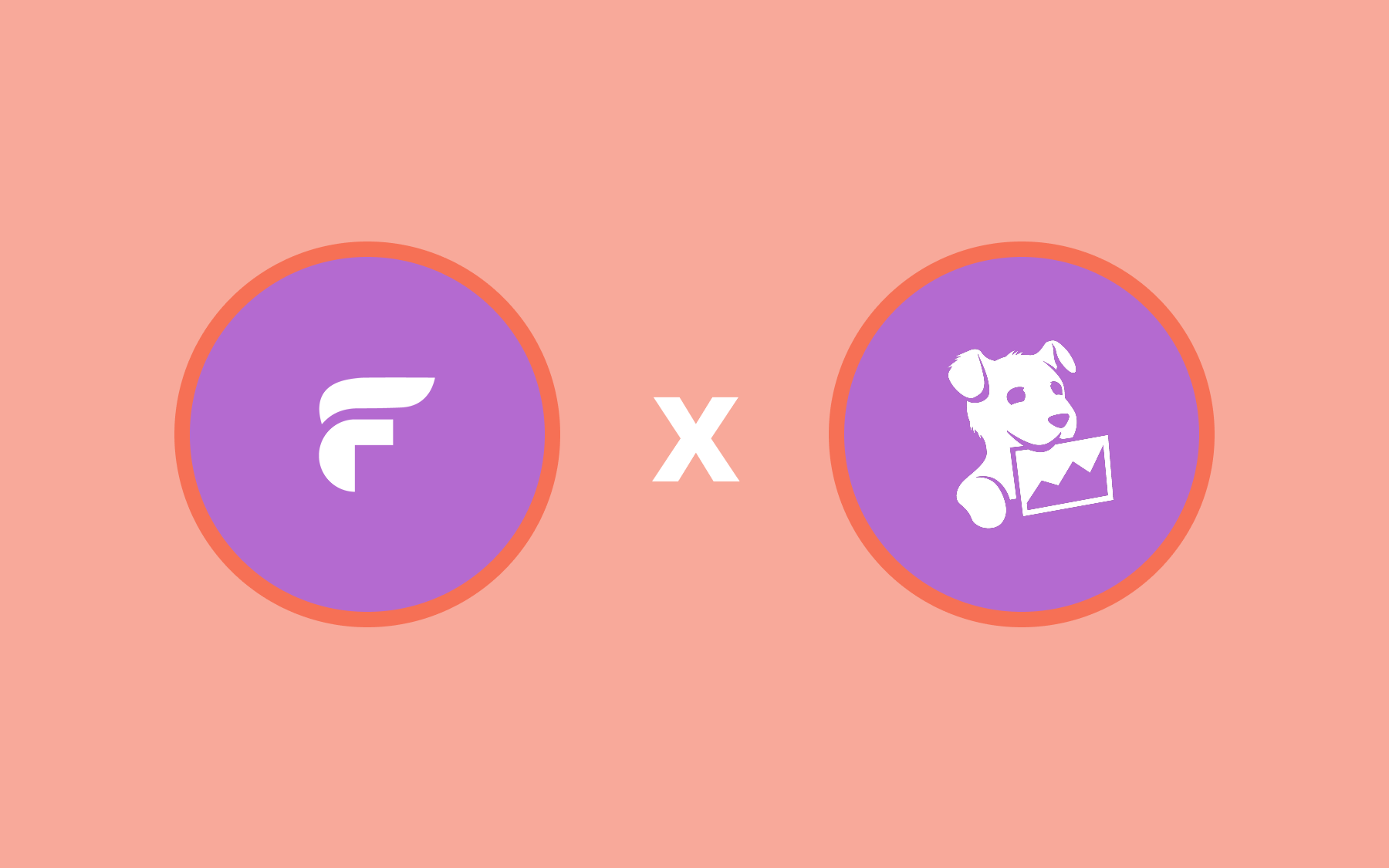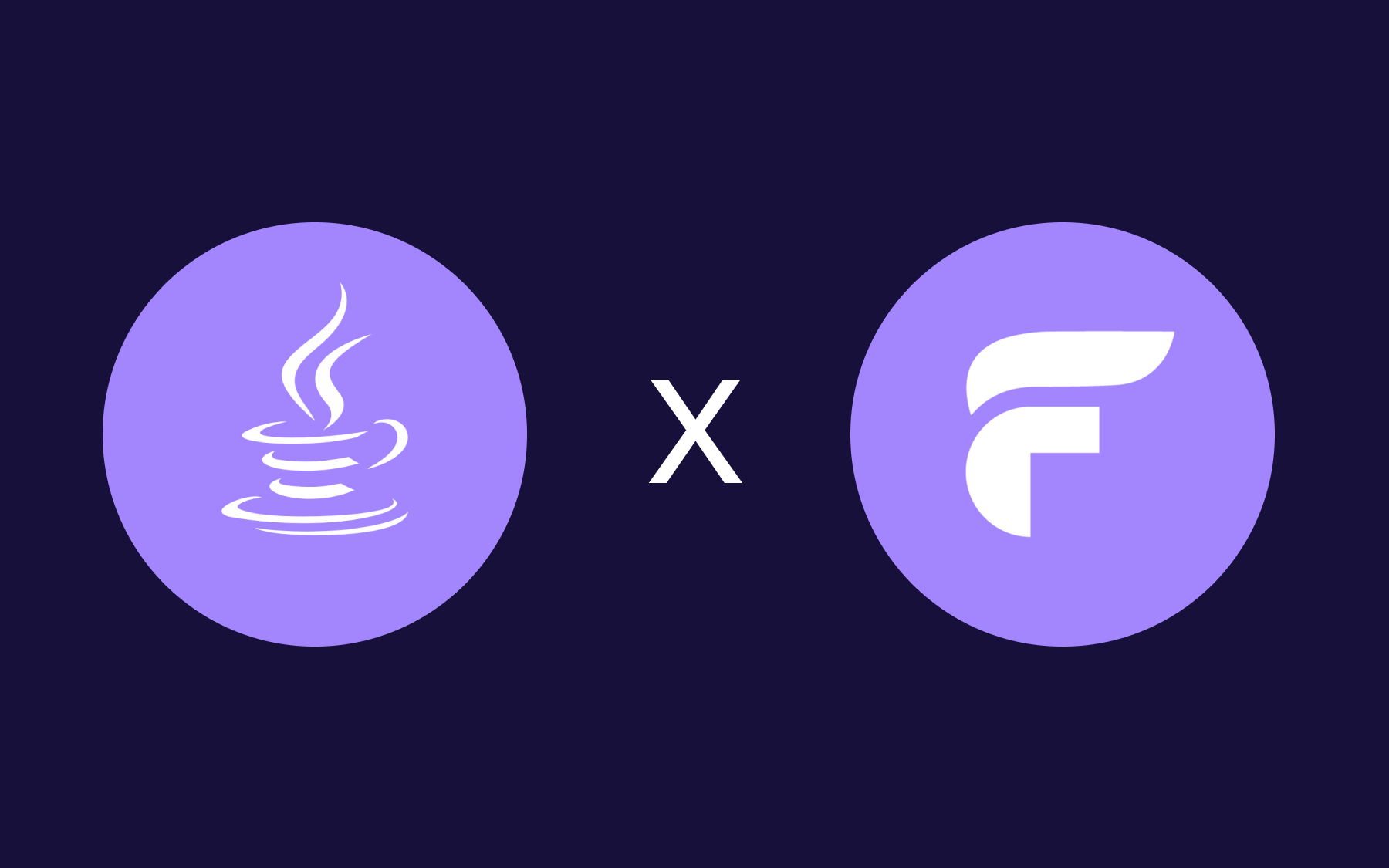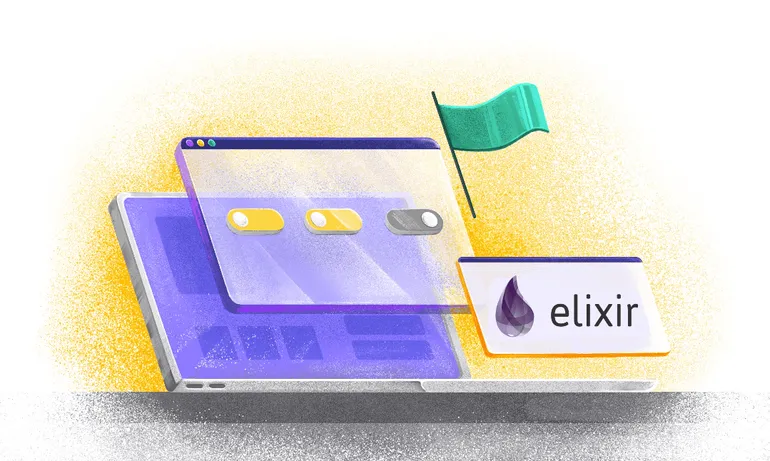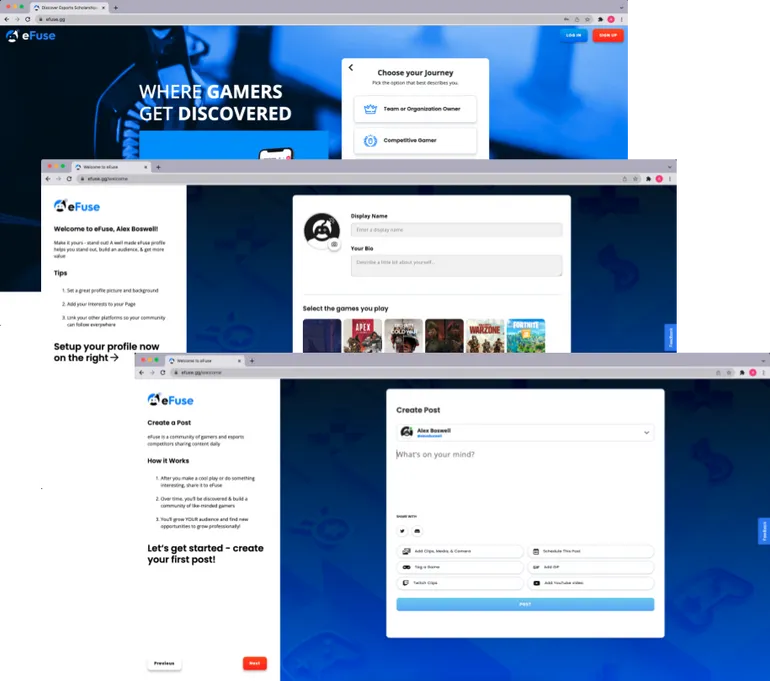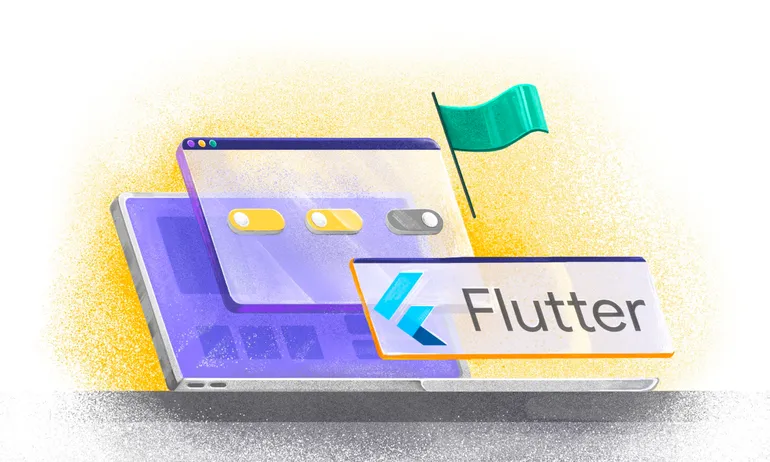De-Risking AI Adoption: How Feature Flags Help Enterprises Move Fast Without Breaking Trust

We’ve seen one of the most consequential shifts in modern technology with the widespread adoption of artificial intelligence. Its potential is vast—automating complex decisions, uncovering insights in oceans of data, and transforming the way we interact with digital products. But with that potential comes risk. A failed release can alienate customers, damage a brand, or even expose a company to regulatory action. For highly regulated industries—banking, insurance, healthcare—the margin for error is thin.
Enterprises in these spaces understand the stakes. They are not slow to adopt AI because they don’t believe in its power. On the contrary, they see AI as a competitive necessity. What holds them back is the need for governance, for guardrails that let them innovate without exposing themselves to unacceptable downsides. As J.P. Morgan Chase’s CEO Jamie Dimon put it: “The hardest part is not the models. It’s the data: integration, preparation and governance to train and feed AI/ML models.”
For large organisations, the question isn’t just “can we build this?” but “how can we do it responsibly?”
How it works in practice
The tension between moving fast and moving safely is something engineering teams have been contending with for decades, but generative AI has added a new layer of urgency.
Introducing new technology has always come with risks, but as AI innovation progresses at speeds previously only hypothesised and engineering teams continue to incorporate AI into a greater percentage of their workflows, identifying safety mechanisms has become even more vital.
At Flagsmith, our customers need to be thoughtful about the risks they take: banking, financial services, high tech manufacturing, telecommunications, and insurance companies have to think twice about the bets they make.
As these organisations incorporate AI into their development processes (and into their products), they need to manage the risks—both from a technical point of view and from the governance side. Tools like Flagsmith reduce the risk of releasing AI-assisted code (while also automating release strategies) as well as providing enhanced governance like 4-eyes approval and roll-based access control (RBAC).
Building a culture of innovation
Many of the software developers I know got into coding because they fell hard for the magic of creating ‘something’ from ‘nothing’.
Sadly, the very promise that led them to working in tech often pulls a disappearing act as they progress in their careers.
Their ability to innovate is often stymied by layers of bureaucracy and governance that is meant to improve safety and security. The aim isn’t to halt innovation, but it’s often a side effect.
Feature flags, paired with AI, introduce an automated back-up chute, allowing engineers the freedom to iterate and experiment again, free from worry.
Test & iterate
Building great products means relying upon growth loops—using data to come up with a hypothesis, build something, evaluate the impact, and rinse and repeat.
The speed with which AI allows teams to move necessitates automated and standardised release protocols. Think about who is exposed to a given feature, and when—targeted releases to specific segments solve this. A segment might be specific users (internal users or beta users), a group of users (customers in a specific country, customers who are using a specific feature), or a percentage of users (a canary release to 10% of your user base, for example). These release practices allow you to expose a new feature to a select number of users to see how it does in the wild before you increase the exposure. In the end, if something goes wrong, you can simply turn off the flag.
Those are just a few ways feature flags help organisations safely adopt AI into their workflows. But this only addresses one side of the coin—the release. For companies that leverage AI models or agents within their products, de-risking the model itself must be considered. We’ve partnered with our friends at LangWatch to address how you can effectively do that.
De-risk AI models
LangWatch provides an evaluation and testing platform for AI applications and agents, allowing teams to:
- Test and iterate on prompts, models, and full agent pipelines before releasing them to production.
- Simulate real user interactions with agents to detect regressions, hallucinations, or unsafe outputs before they reach customers.
- Continuously monitor live performance, surfacing issues early through automated evaluations and real-time guardrails.
- Compare experiments side-by-side, so you can measure the actual impact of each prompt or model change.
Release with confidence
Together, Flagsmith and LangWatch create a full-cycle workflow for AI-driven product development:
- Flagsmith ensures you control exposure, who gets which model or feature, and when.
- LangWatch ensures you control quality—how the model behaves, performs, and improves with each iteration.
This combination enables teams to ship faster, safer, and smarter: deploying new AI features behind a flag, testing them with LangWatch, learning from real feedback, and iterating with confidence.
As AI becomes core to product experience, testing and iteration aren’t optional—they’re your competitive advantage. Flagsmith + LangWatch help you build that loop, from rollout to reliability. Read more about LangWatch.
This article is part of a joint series by Flagsmith and LangWatch on de-risking AI adoption.

.webp)















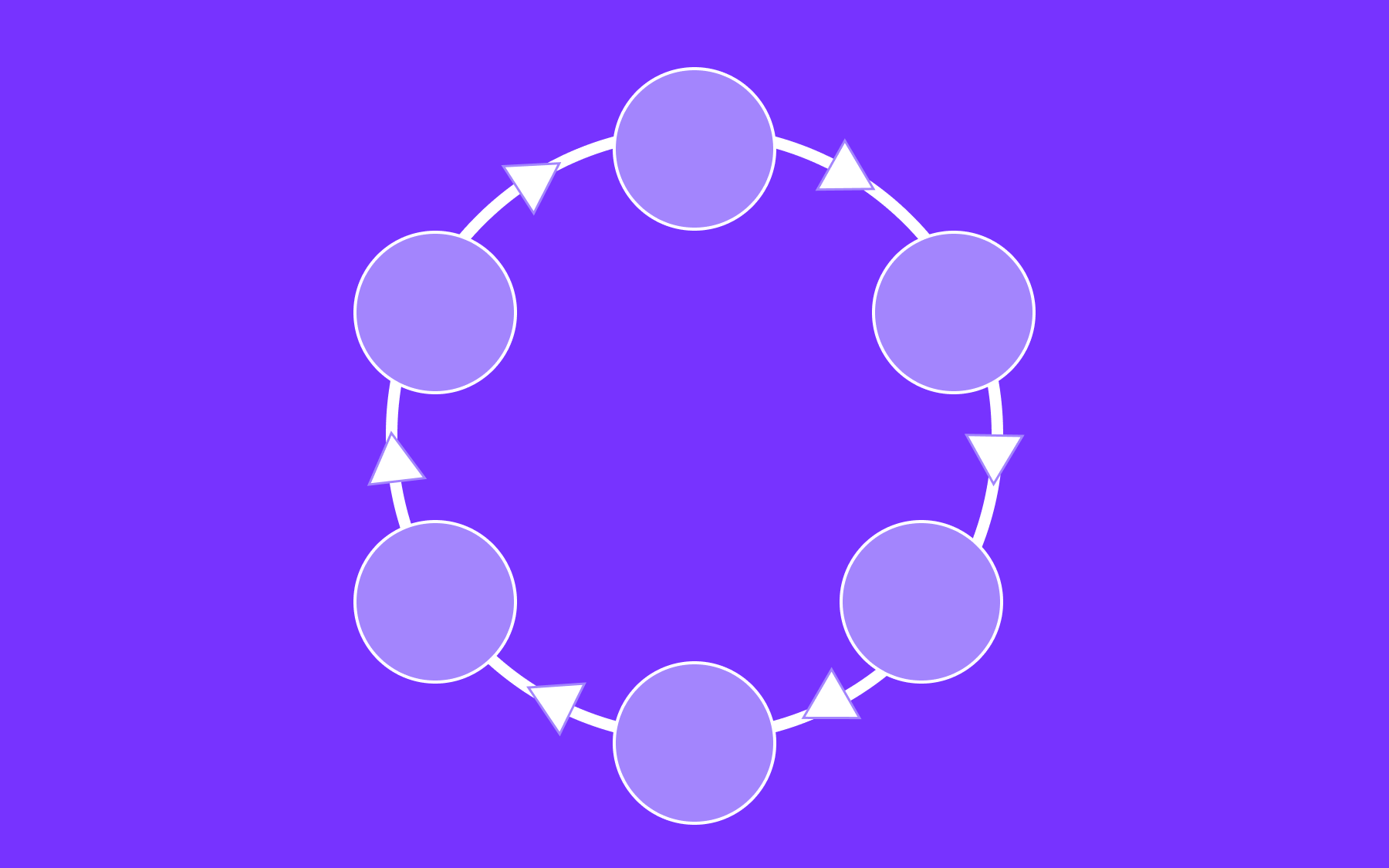






















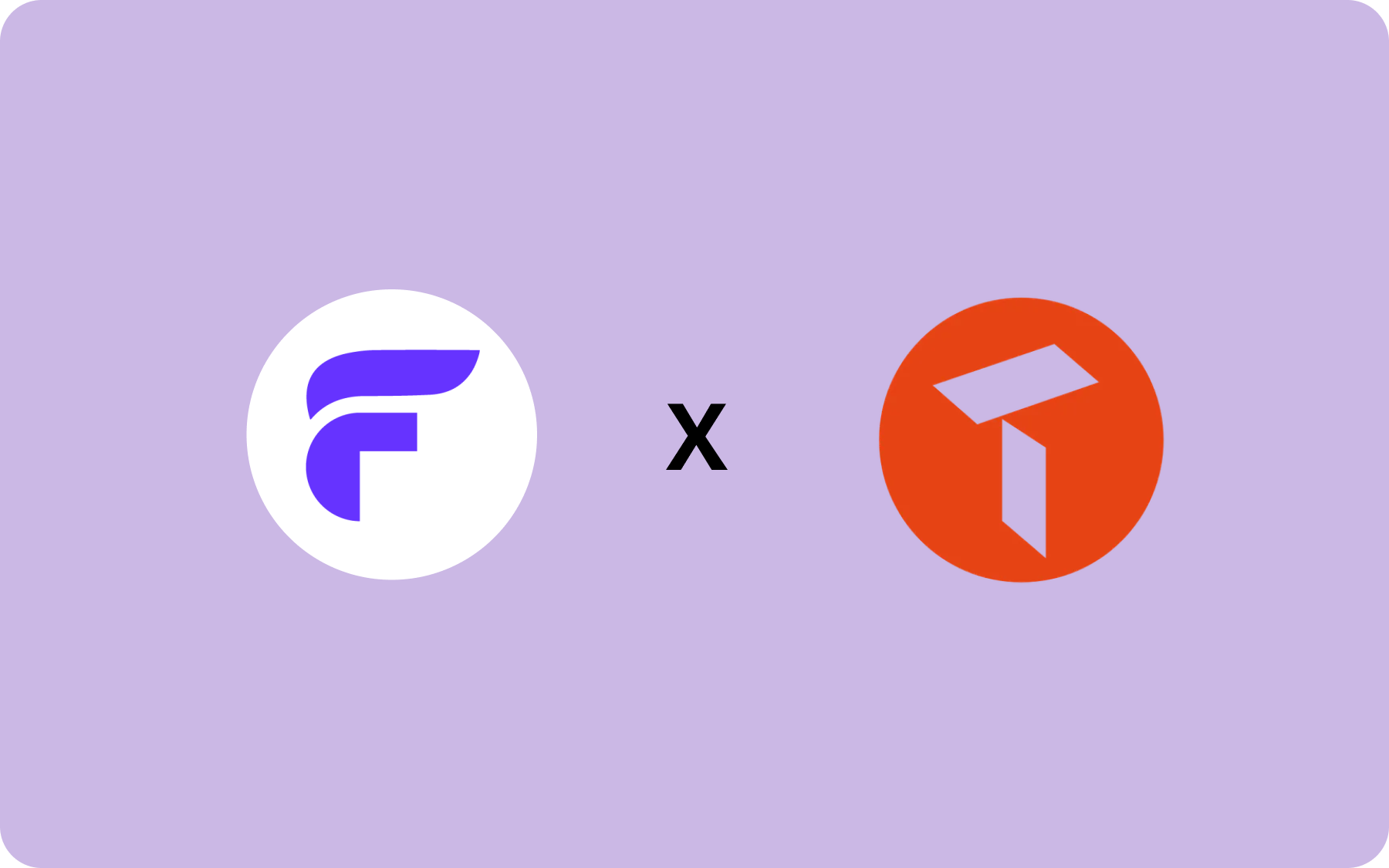










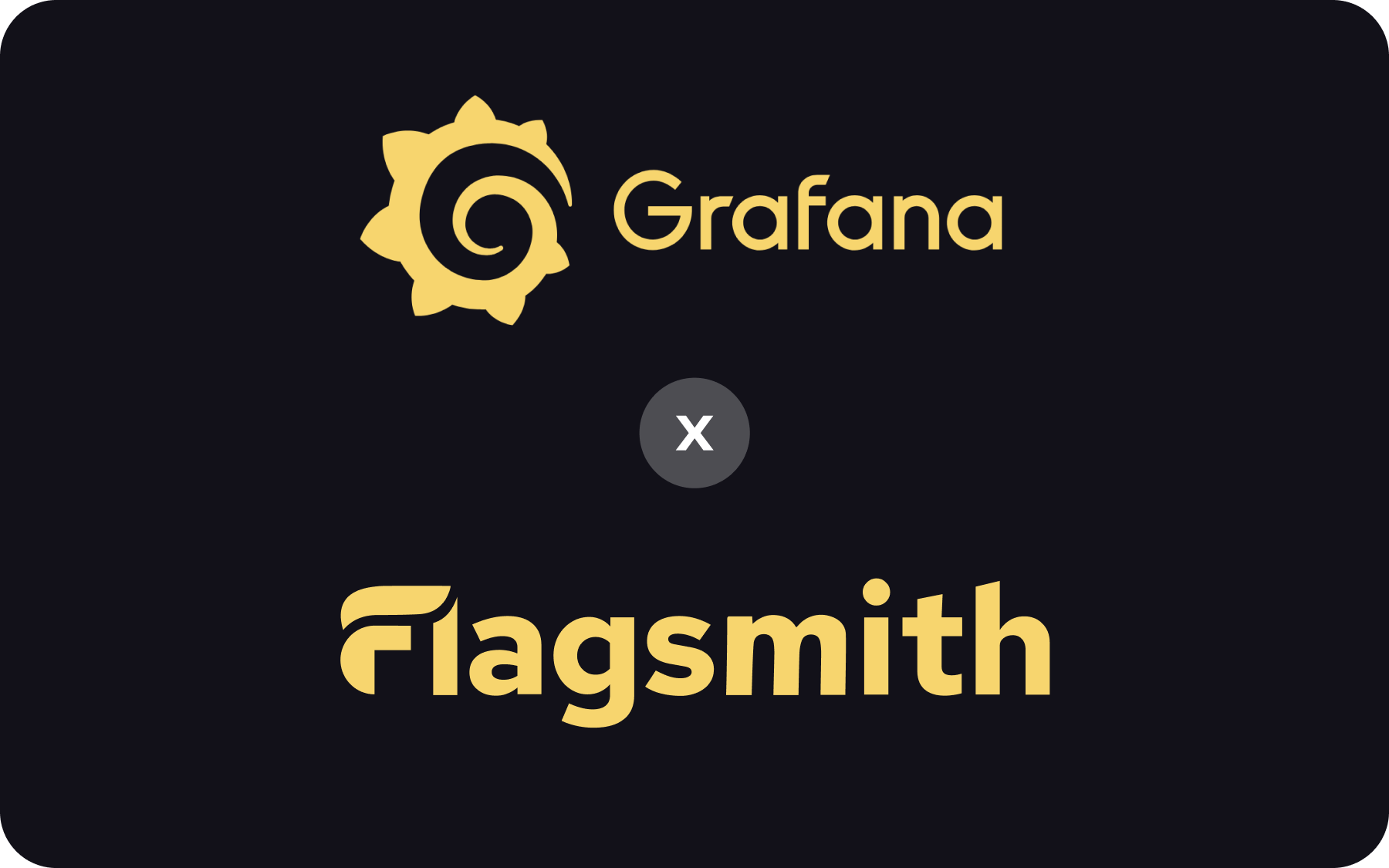







.png)
.png)

.png)

.png)



.png)













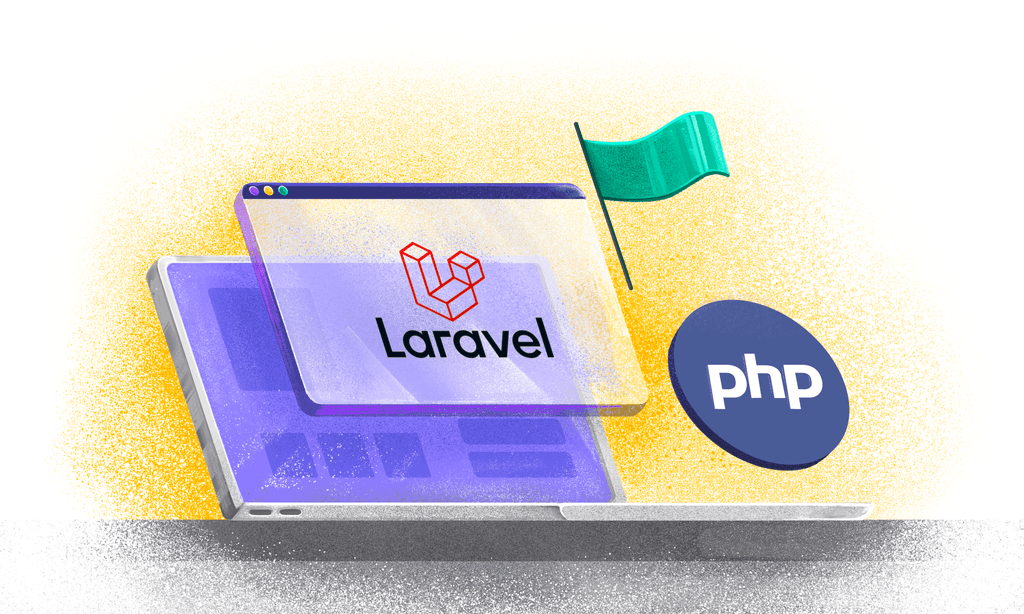

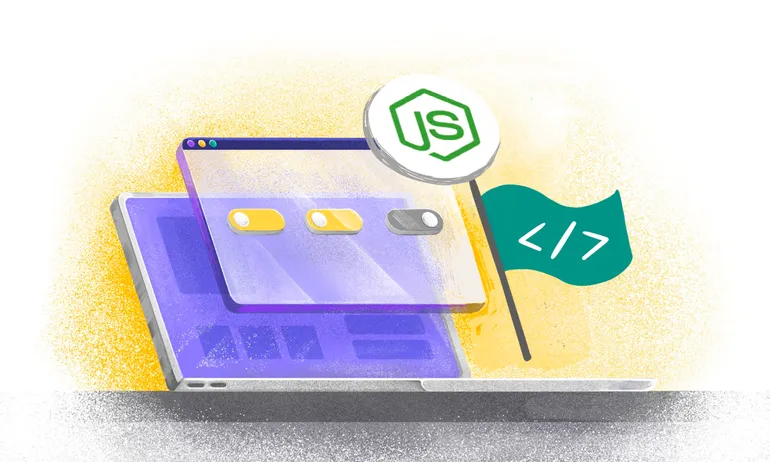







.png)

